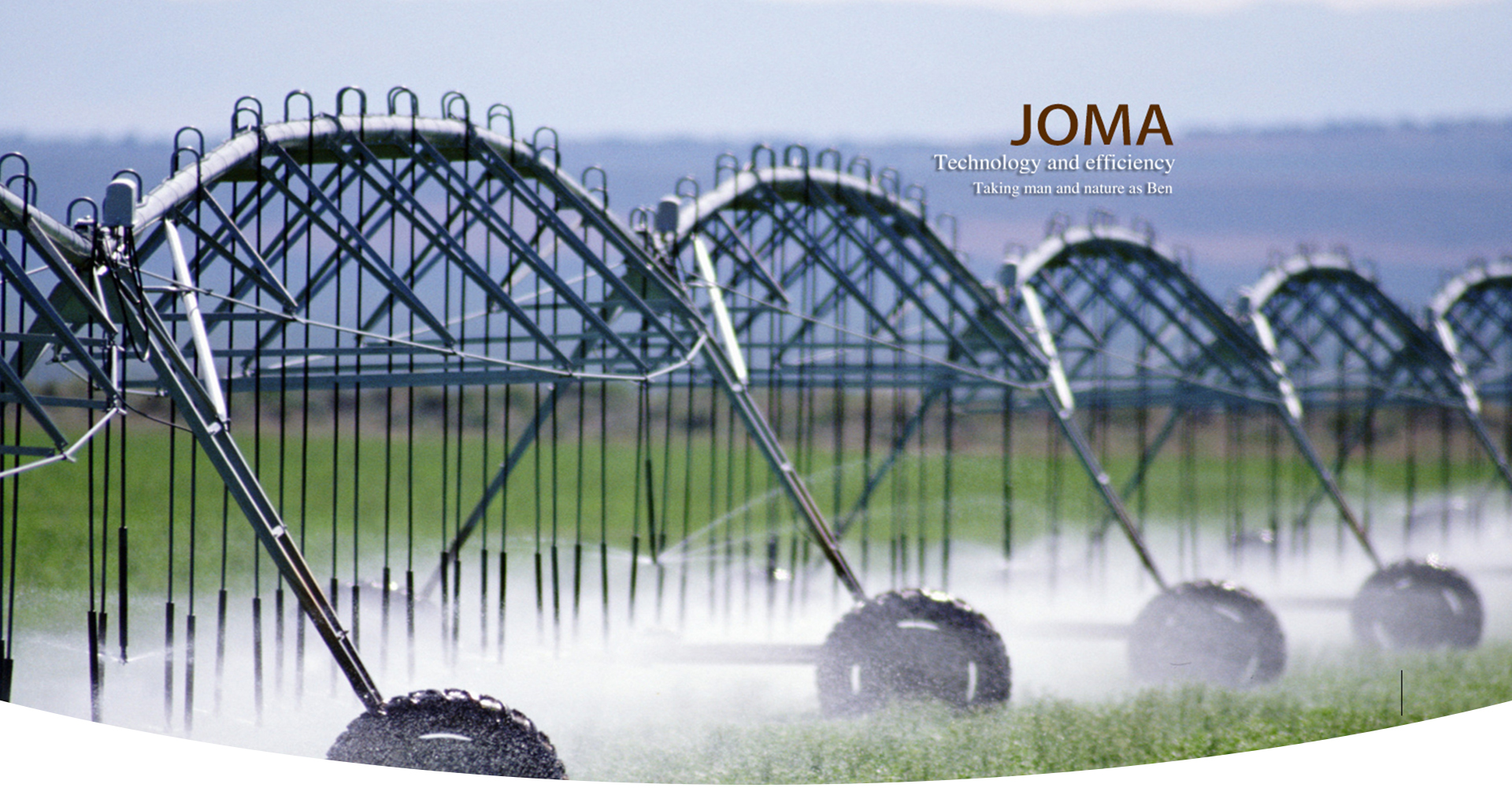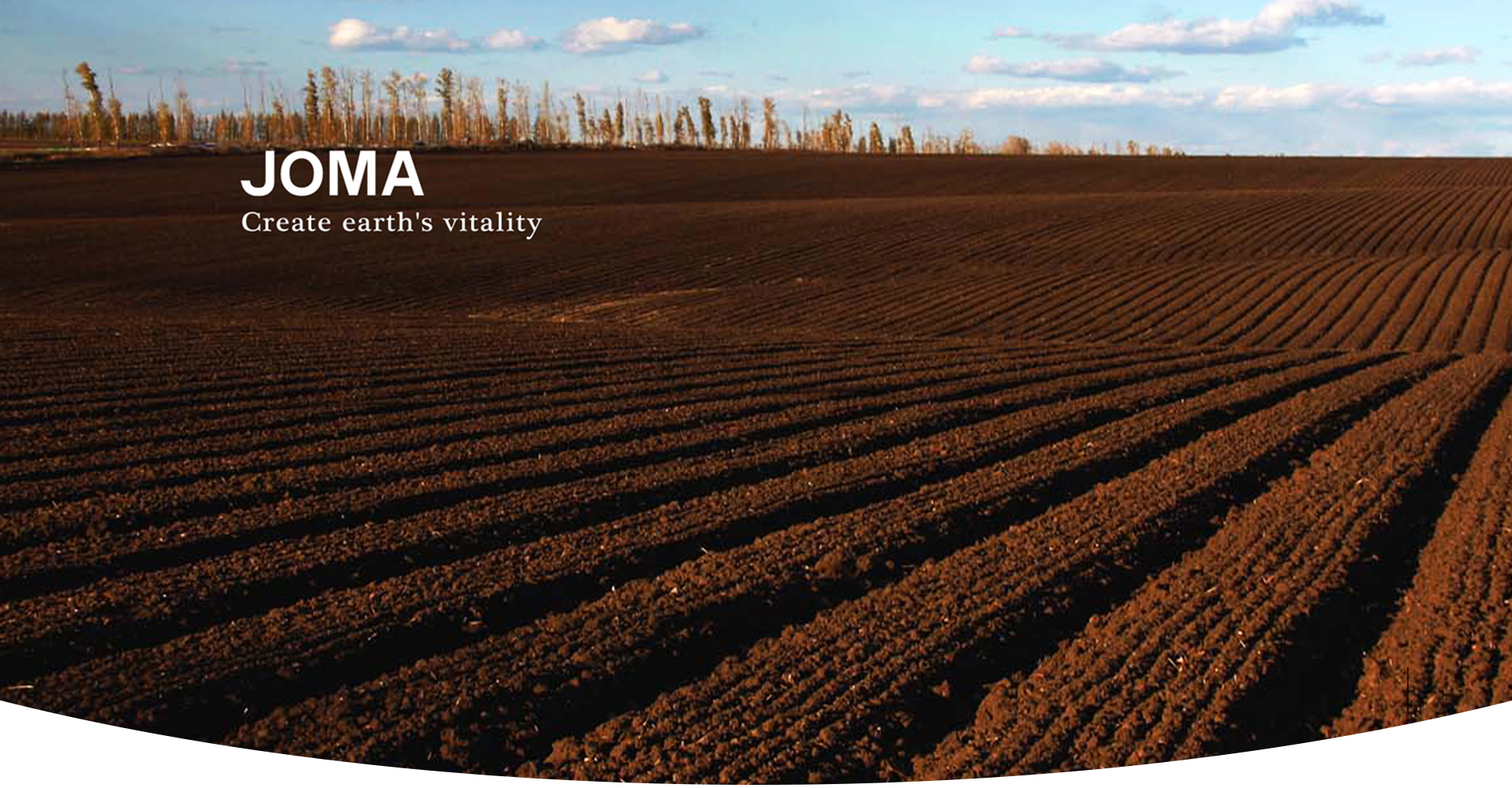[Basic knowledge] Efficacy and application methods of microbial agents
Microbial fertilizer, also known as biological fertilizer, inoculant or bacterial fertilizer, is a new type of fertilizer that can be used for seed soaking, root dipping, mixed base fertilizer, spraying, furrow application or hole application. The earlier it is used, the better the effect.
Because microbial fertilizer is "living fertilizer", it contains a lot of beneficial bacteria, and the activity of beneficial bacteria is affected by factors such as ground temperature, humidity, light, etc., so there is a reasonable standard in the use method, the method is used correctly, and the effect is exerted. Well, no waste.
Let's first take a look at how to use microbial agents correctly?
1. The effect is good when you start to use it when raising seedlings
Soak the seeds for fifteen minutes to half an hour one day in advance, and then dry them in a cool place. One or two days in advance, mix the seedling substrate evenly, slightly dipped in small water, and sprinkle to allow the fungus to colonize and grow in advance. Cover with a film to prevent bacteria from getting mixed in.
The sooner the microbial fertilizer is used, the better. Why do you say that?
Because the beneficial bacteria contained in the microbial fertilizer can promote the reproduction of beneficial bacteria in the soil and inhibit the growth of miscellaneous bacteria, it has a good effect on the physical and chemical properties of the soil, and can improve the soil caused by long-term use of chemical fertilizers. A series of soil problems such as compaction, acidification, and salinization. In addition, the microbial fertilizer can also improve the ability of crops to resist stress, and improve the ability of crops to resist diseases and insect pests. Therefore, the use of biological bacterial fertilizers during the seedling period has played a very good role in preventing crop diseases and insect pests in advance, and indirectly reduced the economic losses caused by diseases and insect pests.
2. Planting point application or furrow application
Hole application is better, evenly mix wheat bran, ground rice bran, soybean meal and other organic matter. It is especially good if a small amount of corn flour and soybean meal are added (to avoid soybean meal and other organic matter from burning seedlings, try to use decomposed and add sun-dried soil ). Cover soil in time after application.
Why does the microbial fertilizer have a good effect in hole application?
The growth of crops is inseparable from nutrition, and the nutrients provided by photosynthesis of crop leaves account for only a small part, and most of the nutrient supply comes from the absorption of crop roots. Therefore, it is very necessary to ensure the growth of the root system and the healthy soil environment around the root system. Only by ensuring that the soil surrounding the root system is nutrient-rich and organic matter is sufficient, the root system can be guaranteed to grow well and provide the crops with the nutritional needs of the entire growth cycle.
3. Rotary cultivation of mixed base fertilizer and organic matter into the soil
If the microbial fertilizer is used for the first time, it is recommended to double the amount and use it when the base fertilizer is under rotary tillage. Why is this? Because of the long-term use of chemical fertilizers, such as soils that have been cropped for more than three years, the soil nutrient balance will generally be broken, and a series of soil problems will occur when used throughout the year, which seriously harms the quality and yield of crops.
Precautions for the use of microbial agents
1. The use of microbial agents and organic fertilizers
The survival and reproduction of microbial agents requires organic matter to provide nutrients, and most of the current organic matter in the soil is seriously insufficient. Although an appropriate amount of organic matter is added to the microbial inoculum for short-term amplification of the microbial inoculum, it is far from reaching the long-term requirements.
If you want the microbial agent to be effective for a long time, you need to use it with organic fertilizer. What I'm talking about here is not to apply them together, but to use organic fertilizer before using microbial agents to ensure sufficient organic matter in the soil. Only when the bacteria in the microbial inoculum absorb the nutrients in the organic fertilizer, can they multiply and improve the soil.
2. Do not use with fungicides
Microbial agents contain a large number of flora, so I am afraid of most fungicides. Therefore, before using microbial inoculants, you should judge whether you are about to use or have used antiseptic products. If you have just used a large amount of fungicides, you should wait for a while before using the microbial inoculants; or when you are about to use a large amount of fungicides, do not use the microbial inoculants temporarily. In addition, when choosing a microbial inoculum, you can choose a composite microbial inoculum, which contains a variety of nutrients and a large number of elements and other complex flora. After being applied to the soil, it can be absorbed automatically, and the effect is particularly obvious.
3. Avoid flushing with nitrogen, phosphorus and potassium fertilizers
The resistance of microbial inoculants to nitrogen, phosphorus and potassium is limited. If used together with high-concentration nitrogen, phosphorus and potassium fertilizers, it will kill the flora in most microbial inoculants. Therefore, it is generally recommended to use them separately, or use nitrogen, phosphorus and potassium fertilizers before adding microbial inoculants.
For microbial inoculants, this does not exist. Microbial inoculants are cultivated and screened through technology, which can select bacterial groups that are more resistant to nitrogen, phosphorus and potassium. Microbial inoculants can interact with most large amounts of bacteria. Elemental water-soluble fertilizers can be used together after the second dilution without any problems.
So what brand of product should the microbial agent choose?
Qingdao Jiaoma Biotechnology Co., Ltd.-Microbial Inoculants-Bacteria Way (No. 1 + 2) This product is a compound microbial inoculum rich in Bacillus subtilis, high-activity mineral humic acid and a variety of marine extracts Substances can improve the properties of soil aggregates, form a soil aggregate structure, and increase soil permeability.
Microbial Inoculants-The Way of Bacteria (No. 1 + No. 2)
Specification: 40kg*2 bags
Form: Granule
Main strains: Bacillus subtilis, Bacillus licheniformis, Bacillus jelly-like
Sources of raw materials: Ascophyllum algae and active humic acid raw materials and chitosan
Product Efficacy: Loosen soil to maintain fertilizer, rooting and exploding roots, antibacterial and disease resistance, activate soil, regulate acid and alkali
Features
This product is a compound microbial agent rich in Bacillus subtilis, etc. The highly active mineral humic acid and a variety of marine extracts can improve the properties of soil aggregates, form a soil aggregate structure, increase soil permeability, and reduce the accumulation of harmful substances in the soil. It inhibits the growth and reproduction of harmful bacteria and pathogenic bacteria; it can effectively alleviate burnt roots, yellow leaves and dead seedlings caused by the application of manure. Long-term use of degradable harmful substances can prevent soil compaction and reduce salt-alkali toxicity.
Effect
Decompose organic matter: prevent burned roots, yellow leaves and dead seedlings caused by long-term application of manure and straw, and has a deodorizing function.
Antibacterial and antibacterial: increase the advantage of beneficial microorganisms, inhibit the growth and reproduction of pathogenic bacteria and harmful fungi, and reduce crop diseases.
Loose soil and maintain fertilizer: improve soil, increase soil organic matter content, create soil aggregate structure, improve soil water retention, fertilizer retention, and aeration, and promote root development.
Instructions
Soil basal application: use 100-200 kg of this product per acre alone or in combination with nitrogen, phosphorus, potassium fertilizer and organic fertilizer. It can also be used in strip, furrow, spreading, flushing, etc. Soil topdressing: It can be applied in furrow at the late stage of crop seedlings, and topdressing 100-200 kg/mu of this product on the soil. Watering must be done after topdressing. The specific amount can be added as appropriate according to the local soil conditions and the amount of manure used.
Precautions
Store in a cool and dry place, away from food and children. This product cannot be mixed with fungicides.









